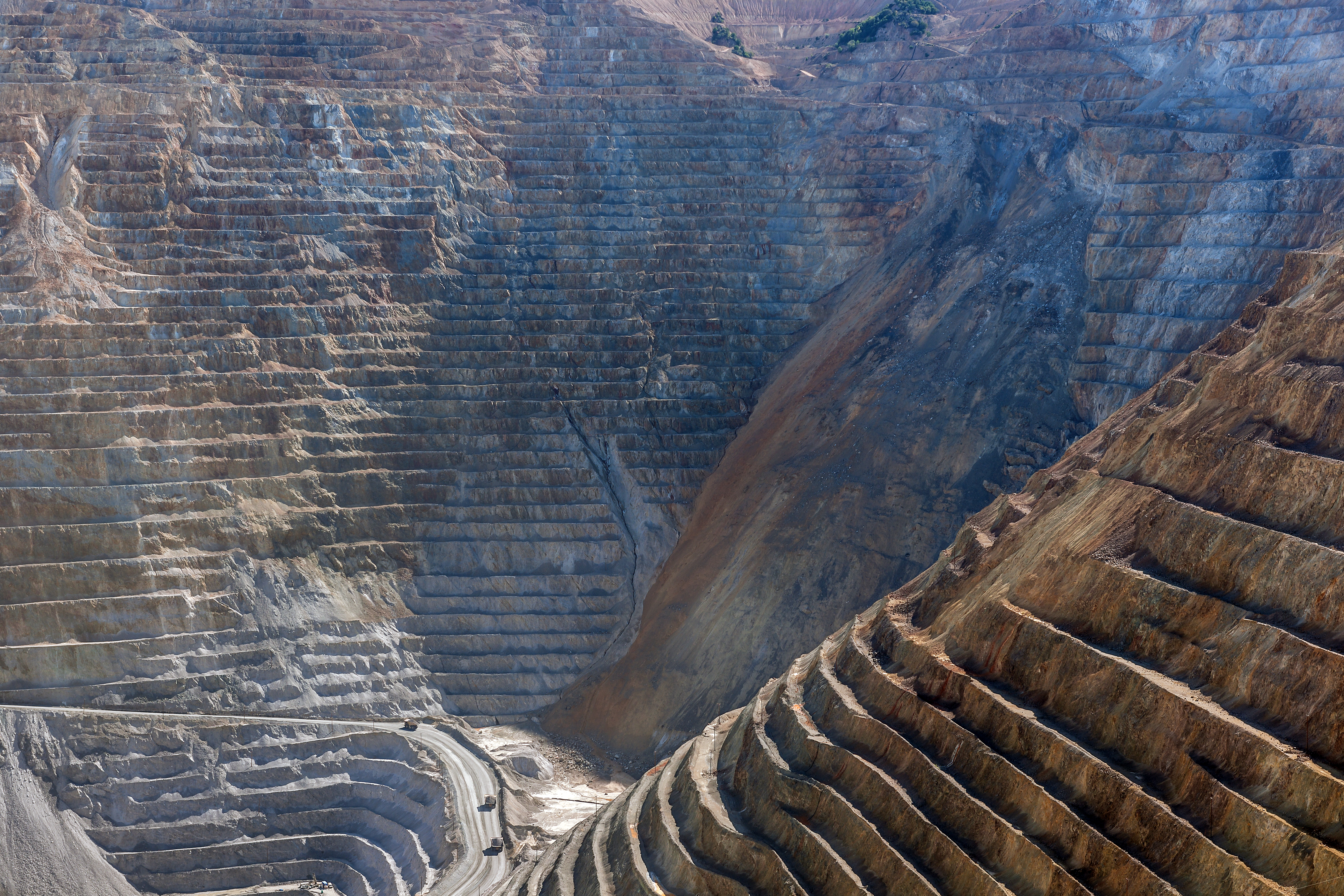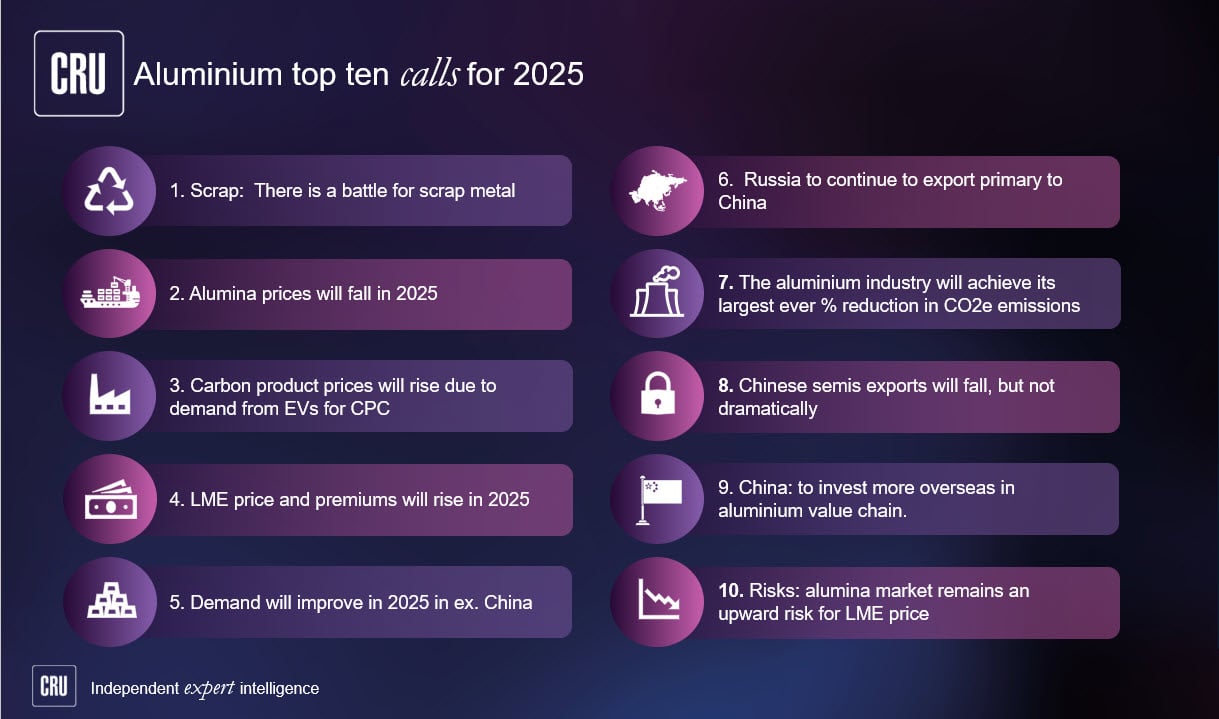This week saw more than 500 delegates from across the industry descend upon the iconic British Museum for CRU’s annual CRU Breakfast. Monetary, trade and environmental policy were the biggest talking points.
This is further confirmed by a recent poll taken for our upcoming Mining & Metal Observer (Figure 1 and Figure 2) which places trade risks at the top of respondents’ concerns. Importantly, and perhaps relatedly, we also find a marked downward turn in sentiment, from 80% optimists in the spring to only 46% in CRU’s most recent survey.
Source: CRU
Global trade war – entering a downward spiral?
Last year, we warned our clients that the US President had considerable latitude, and little oversight from Congress, in relation to trade policy. As we all know, earlier this year, these risks have begun to crystallise with the US placing import tariffs of 25% on steel and 10% on aluminium. On 24 September President Trump imposed tariffs on an additional US$200bn of Chinese imports, with China retaliating imposing tariffs on an additional US$60bn of US imports to China. These tariffs are expected to push up on consumer prices and drag down on exports and growth in these two economies.
China is in the political headlights in the US amid allegations of market and currency manipulation, barriers to market entry, and misappropriation of intellectual property by companies and state actors.
Worryingly, should the Republicans do badly in the US mid-term elections next month, the resulting weakness in the domestic policy sphere may encourage the Trump administration to further focus on trade policy.
These disputes are already creating some investor uncertainty and volatility in the market. A deepening of the trade war could further drive market sentiment. However, for commodity producers, real uncertainties exist surrounding the effects of policies designed to cushion the impacts of a trade shock.
How will China respond? Opportunities and risks
China has responded by placing tariffs on the large majority of US imports and has eased export restrictions last month through an increase in the VAT rebate for 397 items including lithium batteries, machinery, and stainless steel products. Trade related concerns have also encouraged China to implement its winter heating cuts in a more flexible, and potentially overall less impactful, way in terms of hard constraints to production.
How will China respond if the China hawks in Washington DC continue to prevail? Clearly, there is room for further tit-for-tat border measures. China is also likely to relax fiscal and monetary policies. On Sunday, for example, the People's Bank of China announced it was cutting the reserve requirement ratio for most banks by 100 basis points. This will result in an injection of roughly 750 billion yuan (~$110 billion) in cash into the banking system.
The demand impacts of past credit expansions in China have proved powerful. However, such actions potentially run contrary to recent efforts to de-lever. Moreover, for commodity suppliers to the debt laden Chinese construction industry, such interventions may ultimately be storing up further trouble for the future.
Another potential policy lever could be to further accelerate the implementation of the much vaunted One Belt One Road programme. Again, this could have potentially powerful impacts for metals demand. Whether or not the impacts of these policy interventions would be strong enough to countervail the effects of the trade shock is clearly an open question.
Source CRU
Don’t forget the cycle!
CRU expects a healthy global economic growth rate of 2.9% in 2019 (Figure 4). This reflects our expectation of a managed slowdown in China, a US economy buoyed by the effects of US tax cuts, as well as solid economic performance in Europe and Japan. However, our central forecast comes with a range of policy-related downside risks.
Source: CRU
Last year, for example, we warned our clients about underestimating the pace of interest rate hikes by the US Federal Reserve and the possibly understated impact on inflation and emerging market currencies. These risks have, at least in part, materialised and have started to exposure structural pressures on currencies and financial systems across a number of major emerging markets (Figure 5).
As the US economy booms, rising above levels of equilibrium output, our view is that the potential for excessive Fed policy tightening and, related potential knock on impacts for balance of payments and financial stability in emerging markets, is a critical issue to monitor going forward. While we are leaving the era of ultra loose monetary policy, entering a new era of trade policy, it may ultimately be the old macro-monetary lessons that bear most scrutiny.
Source: CRU

















